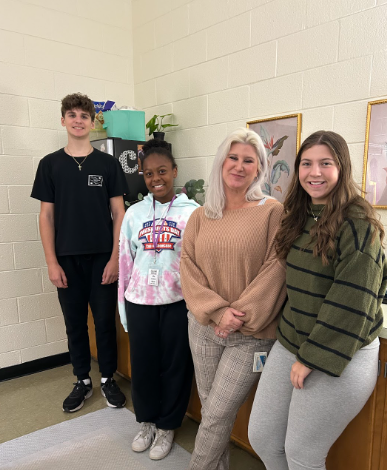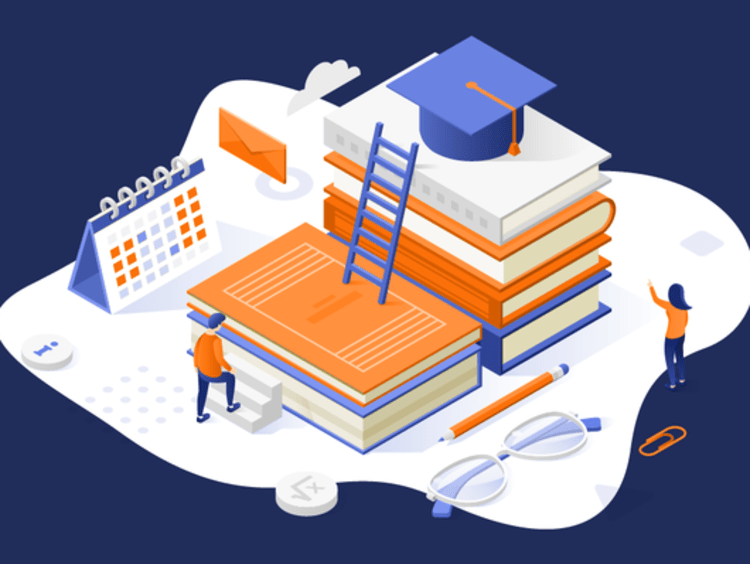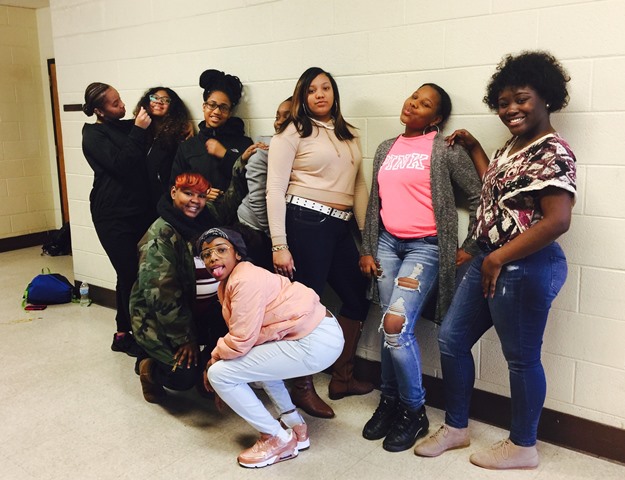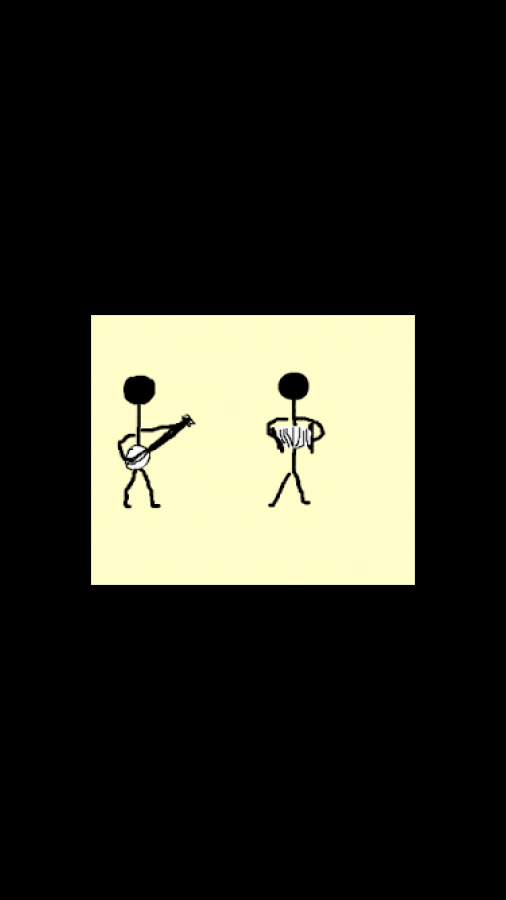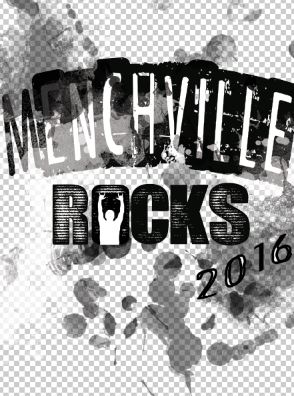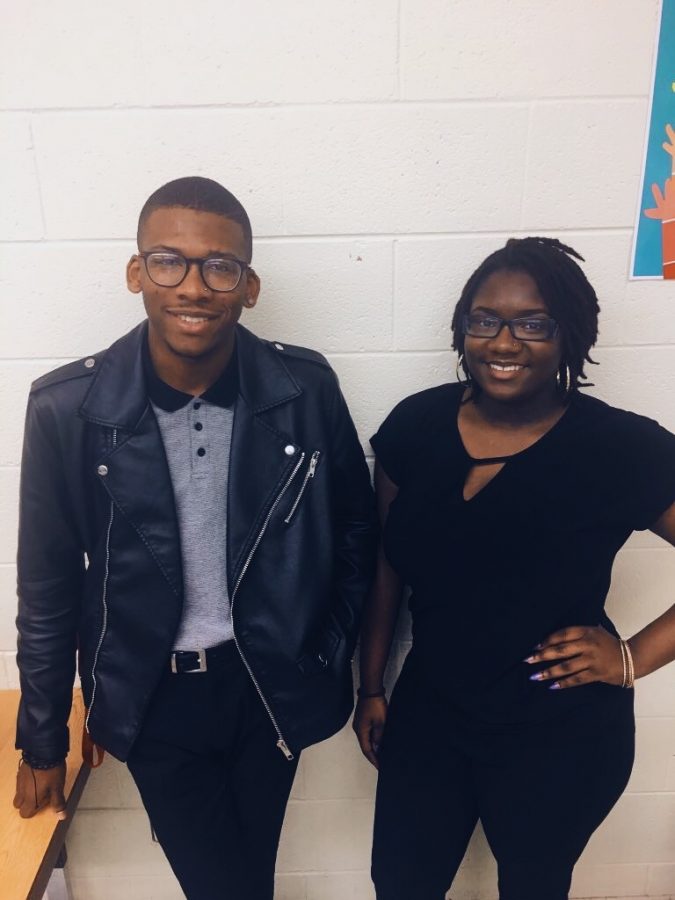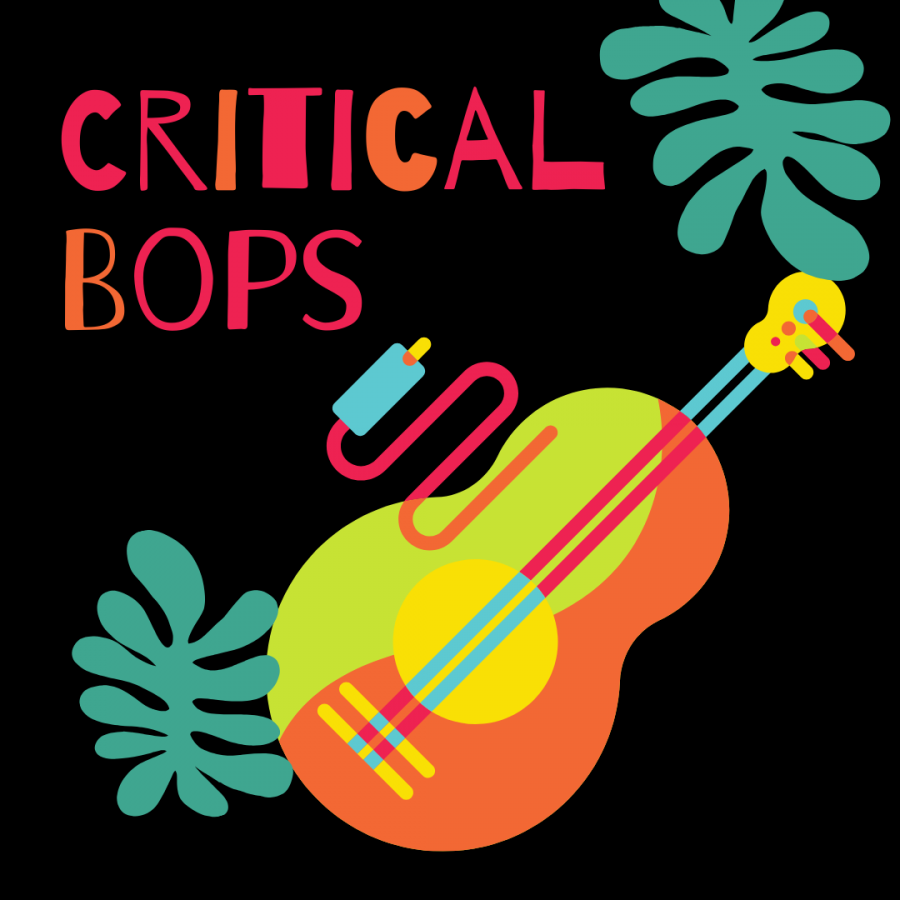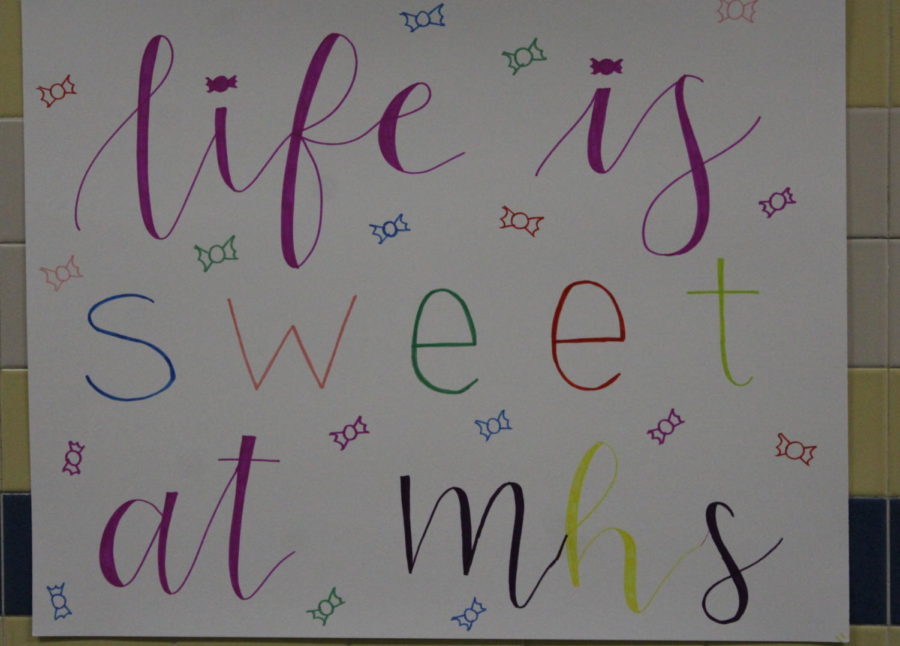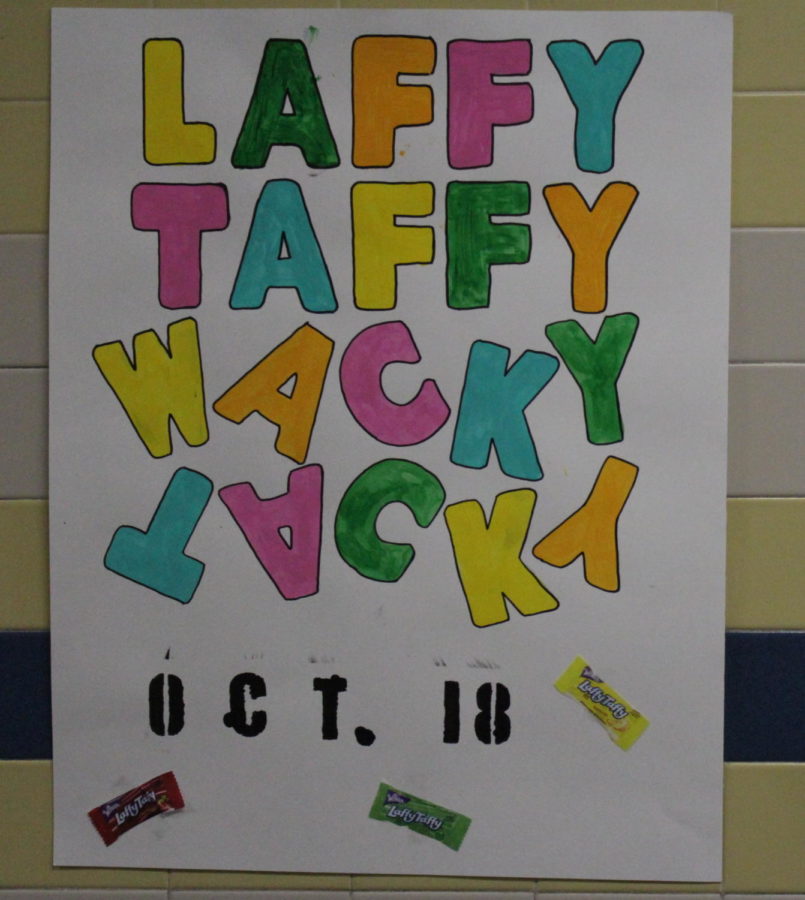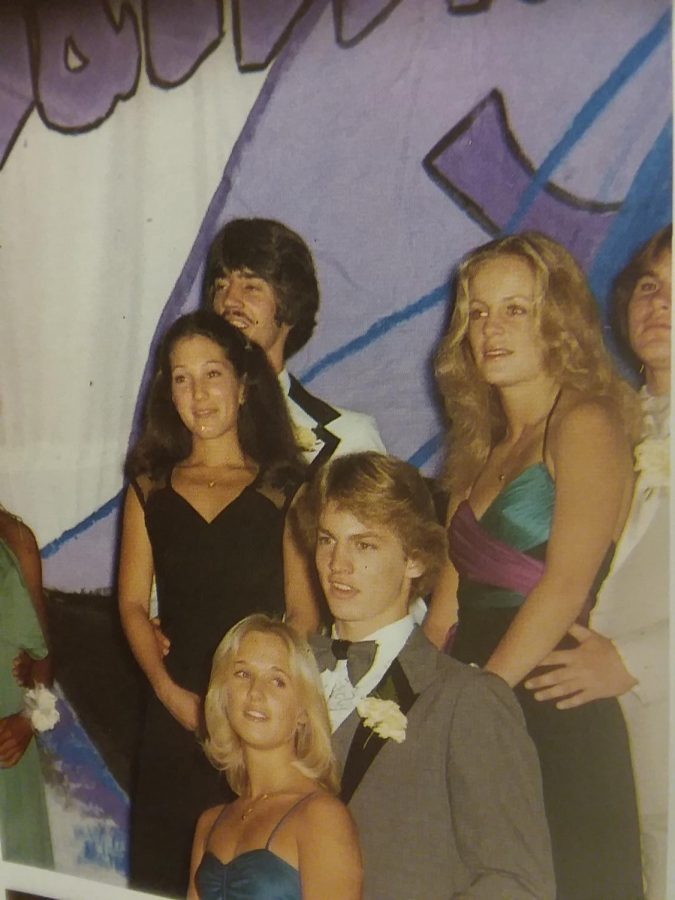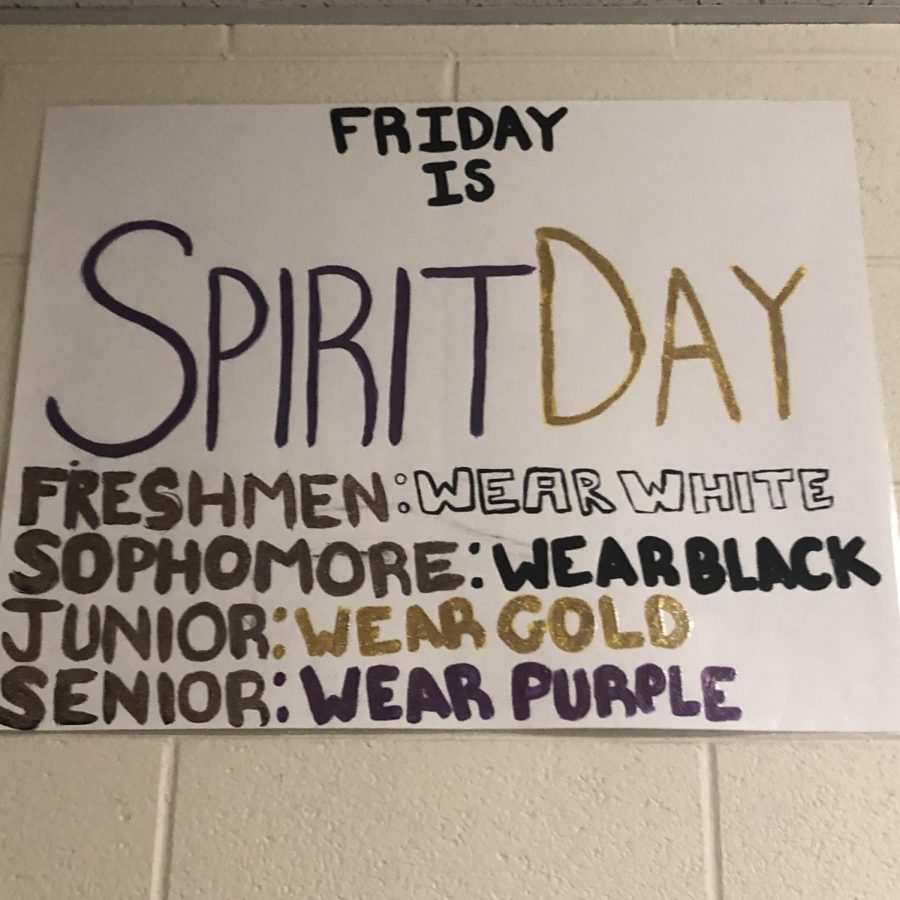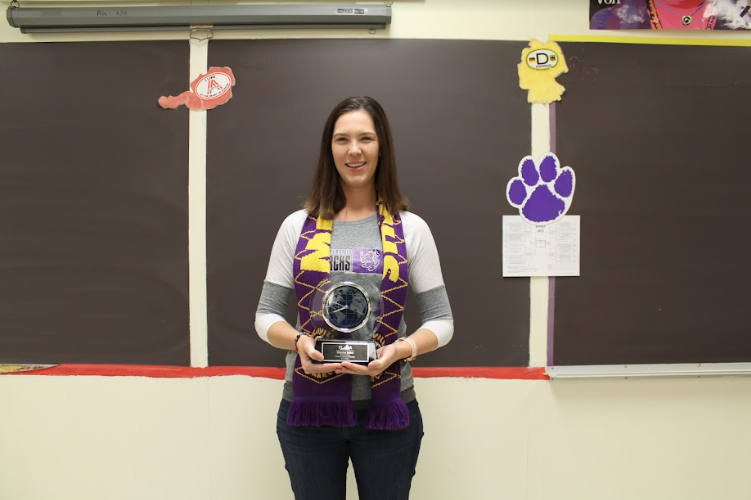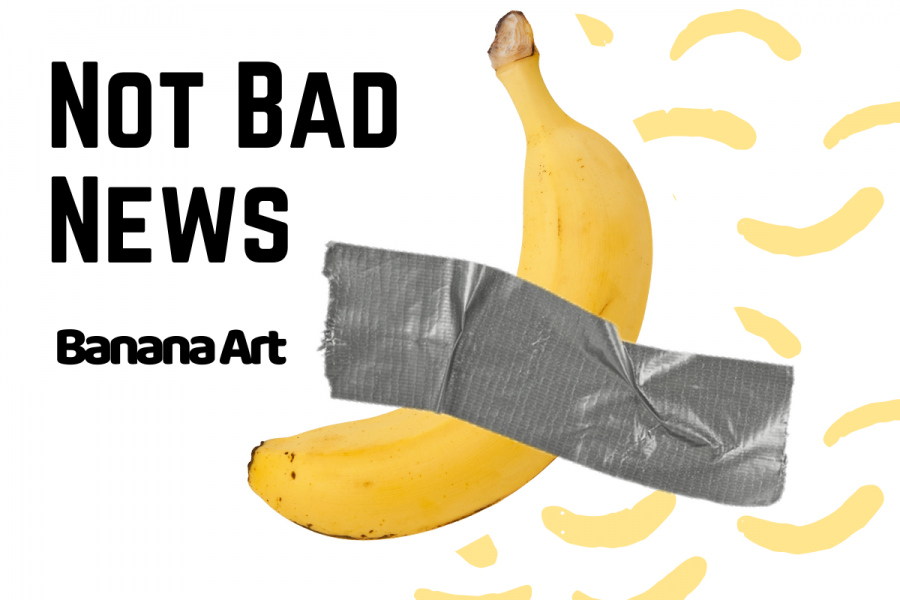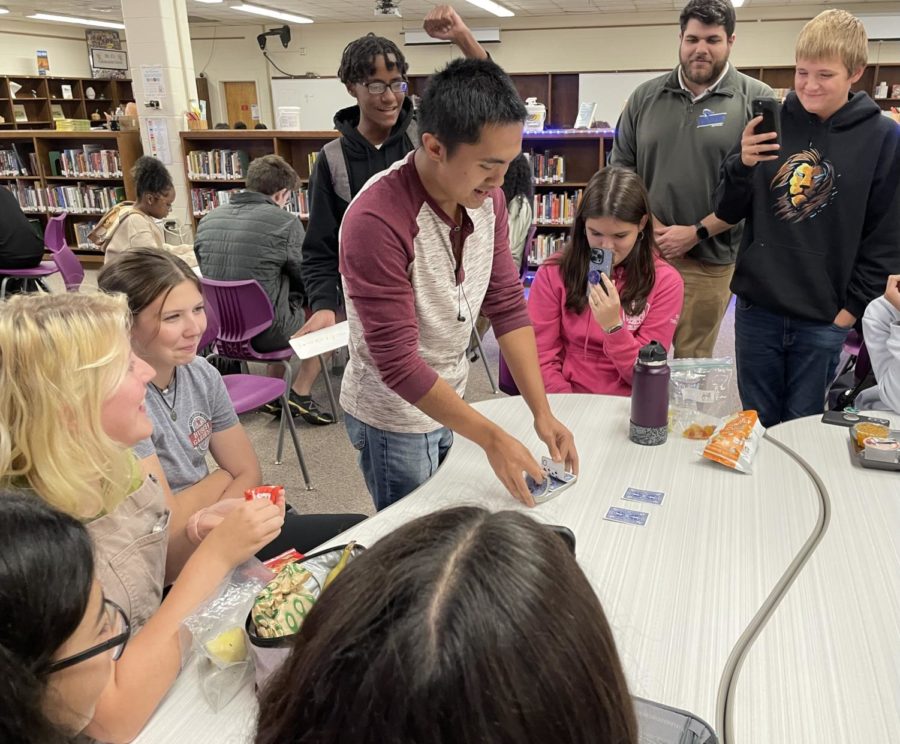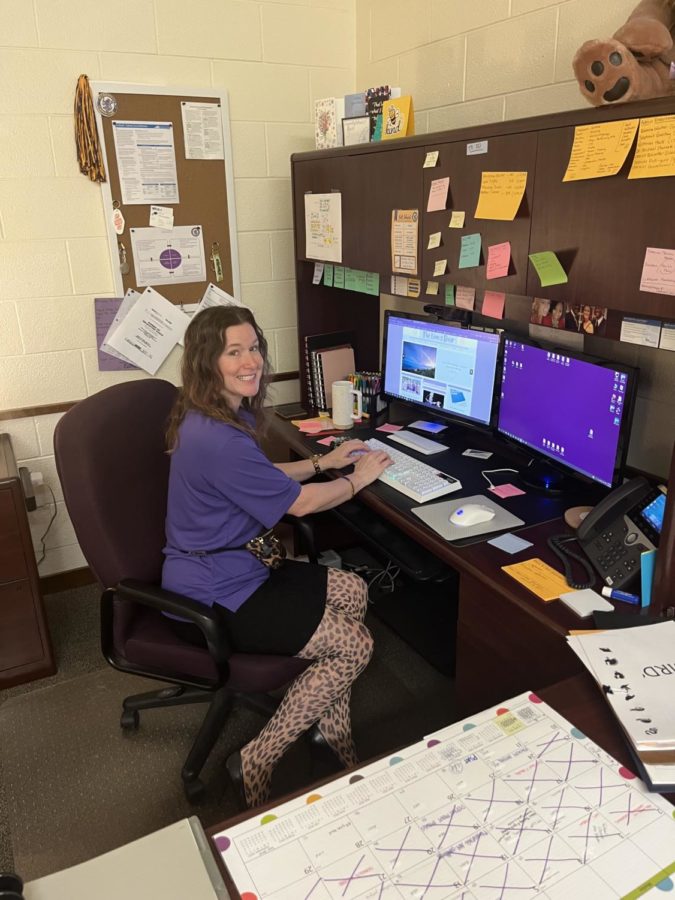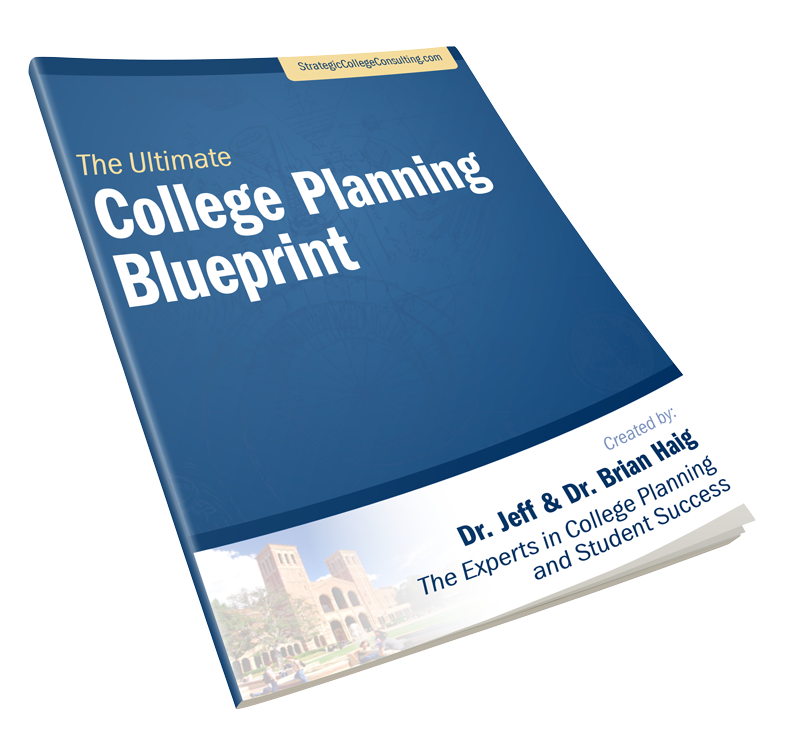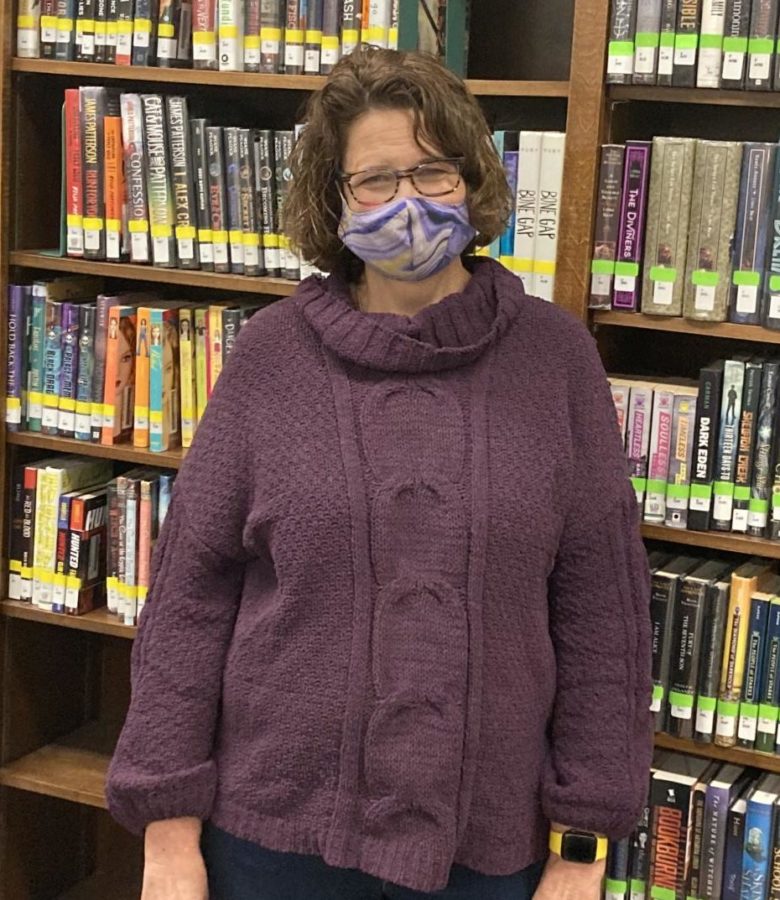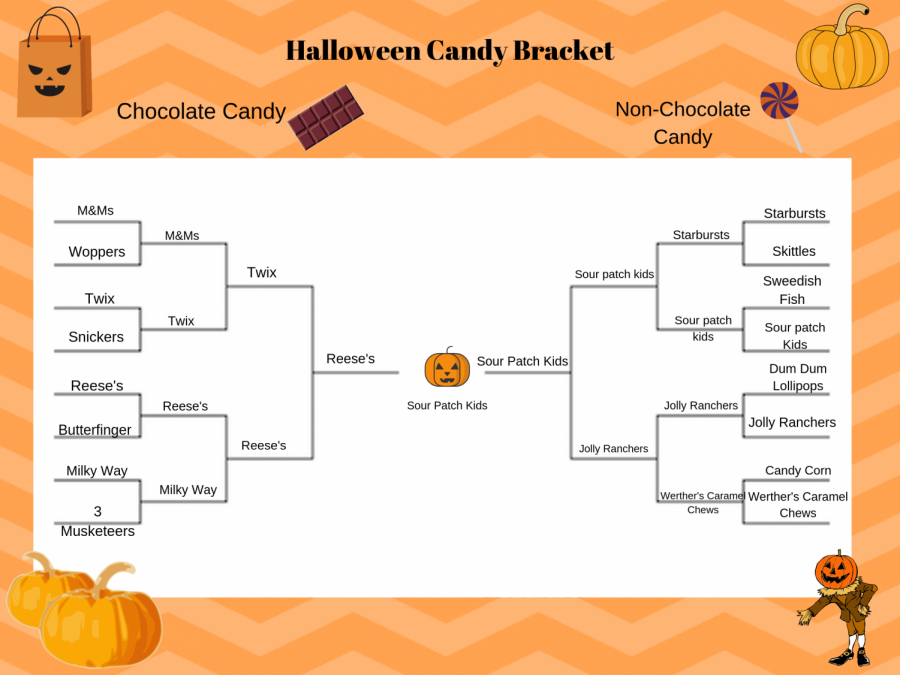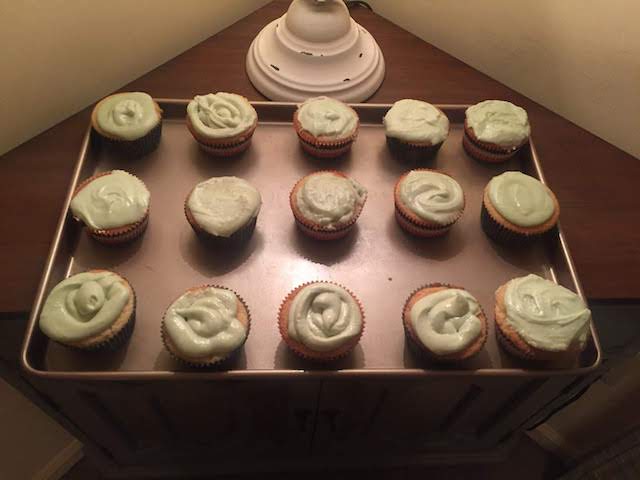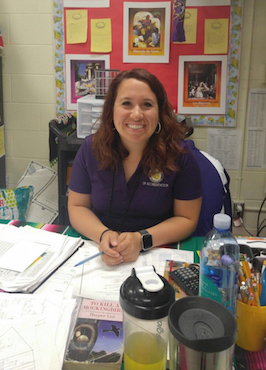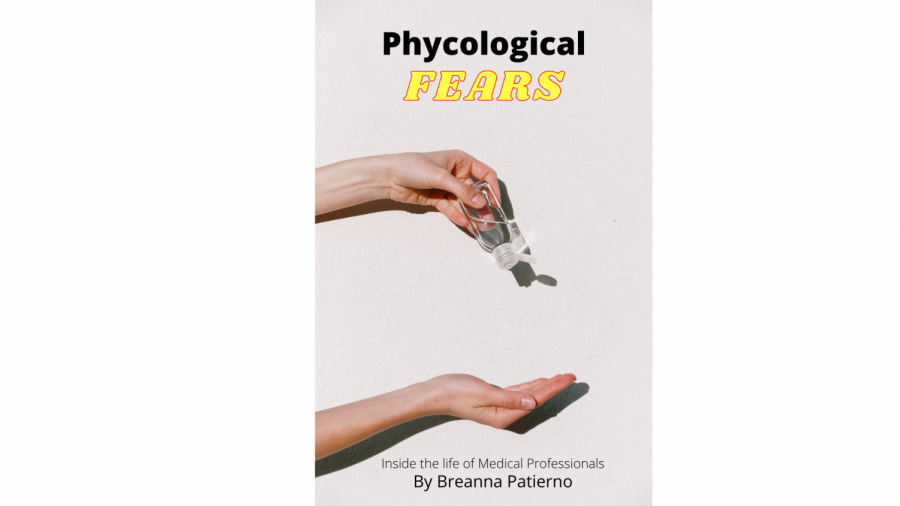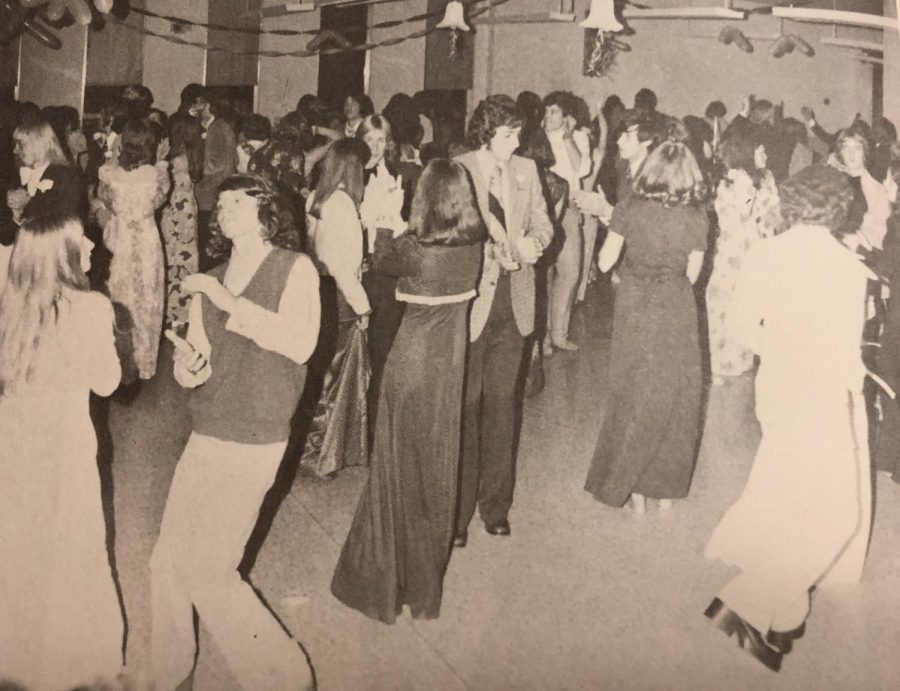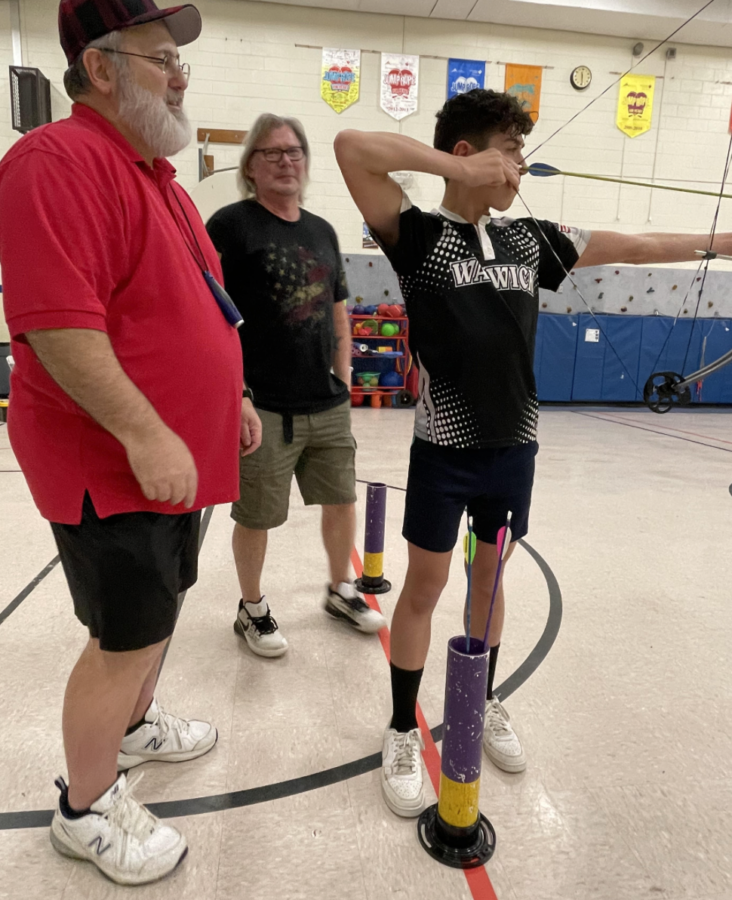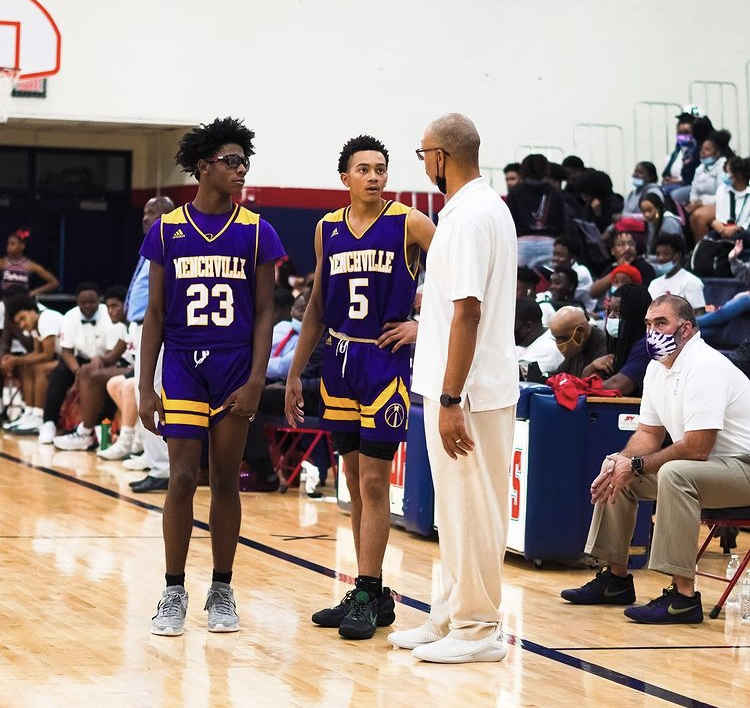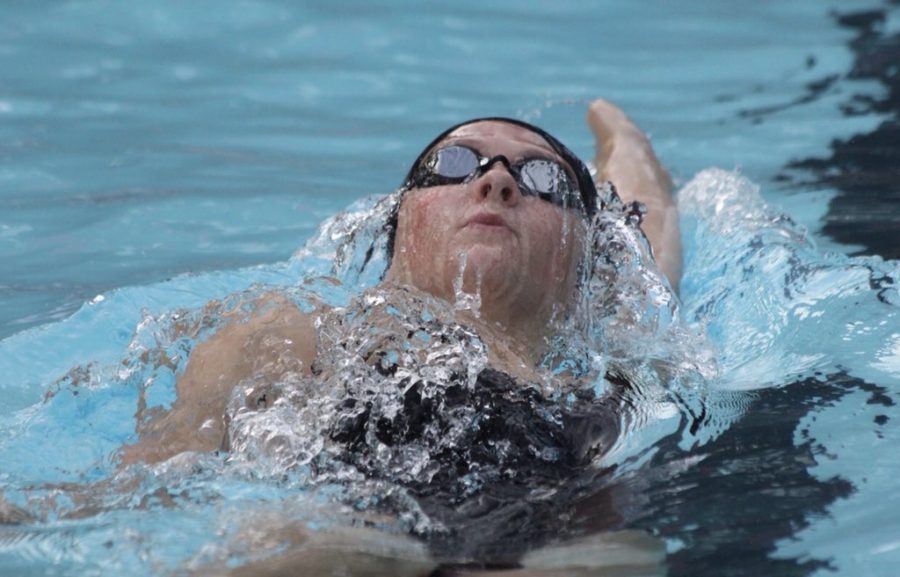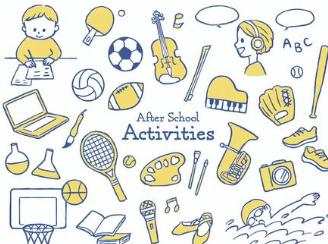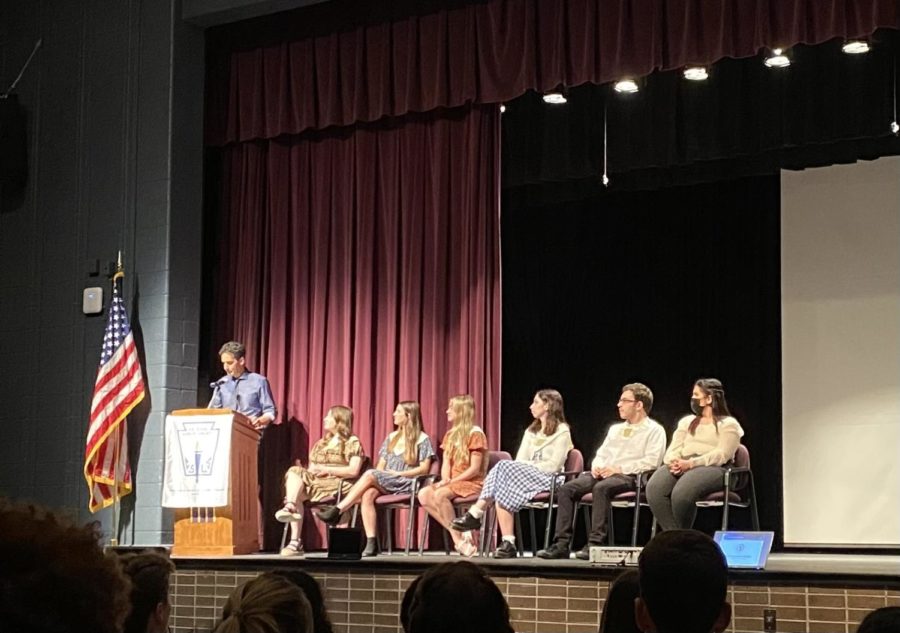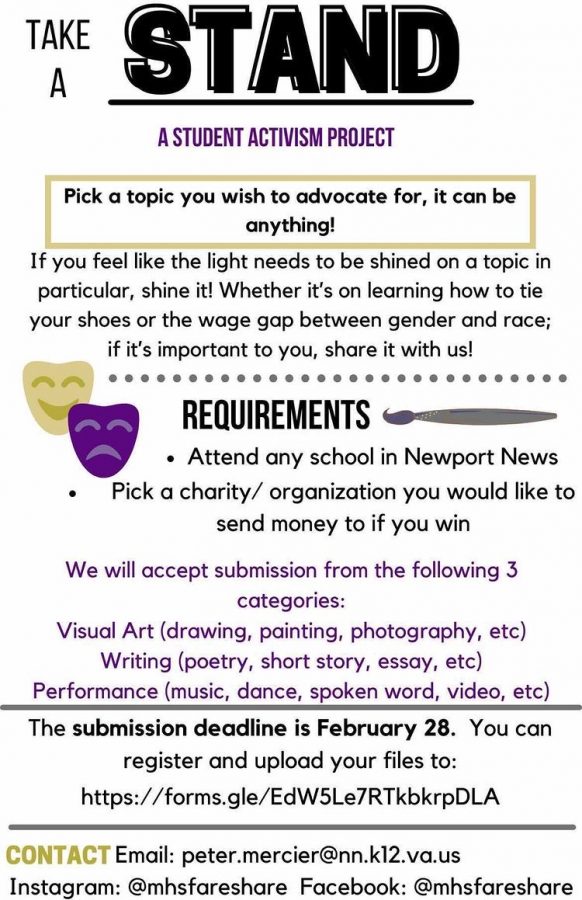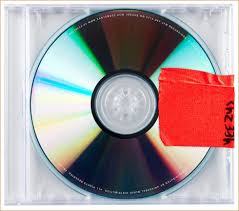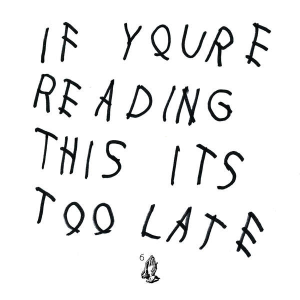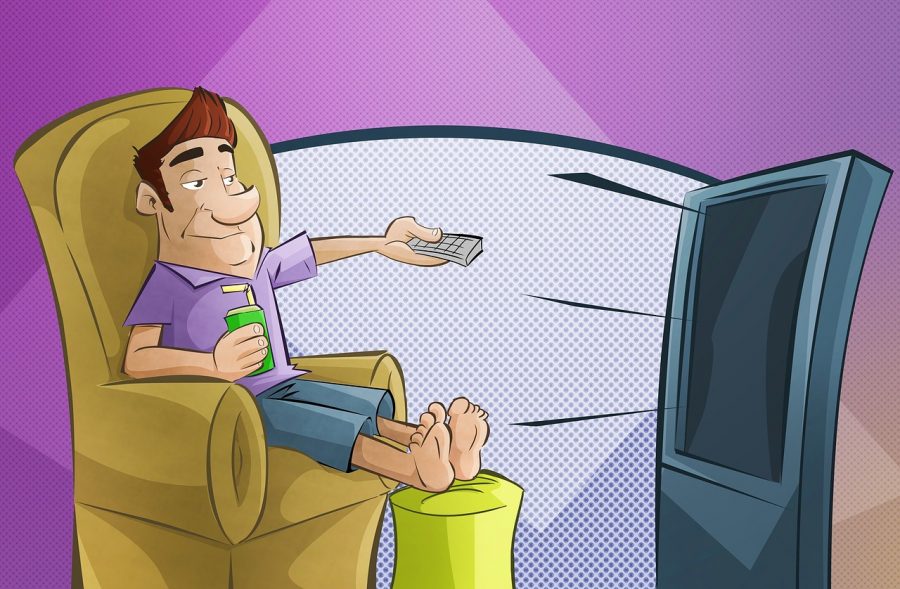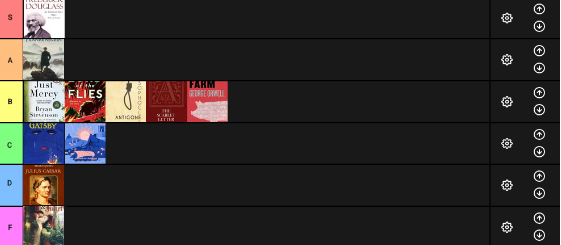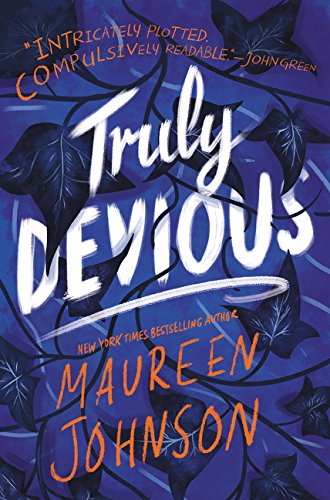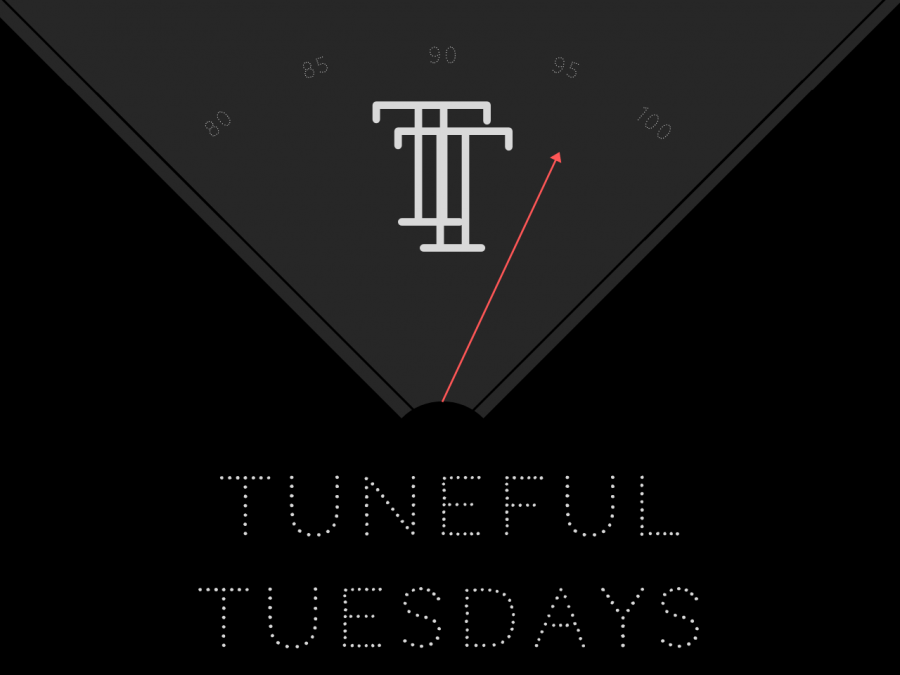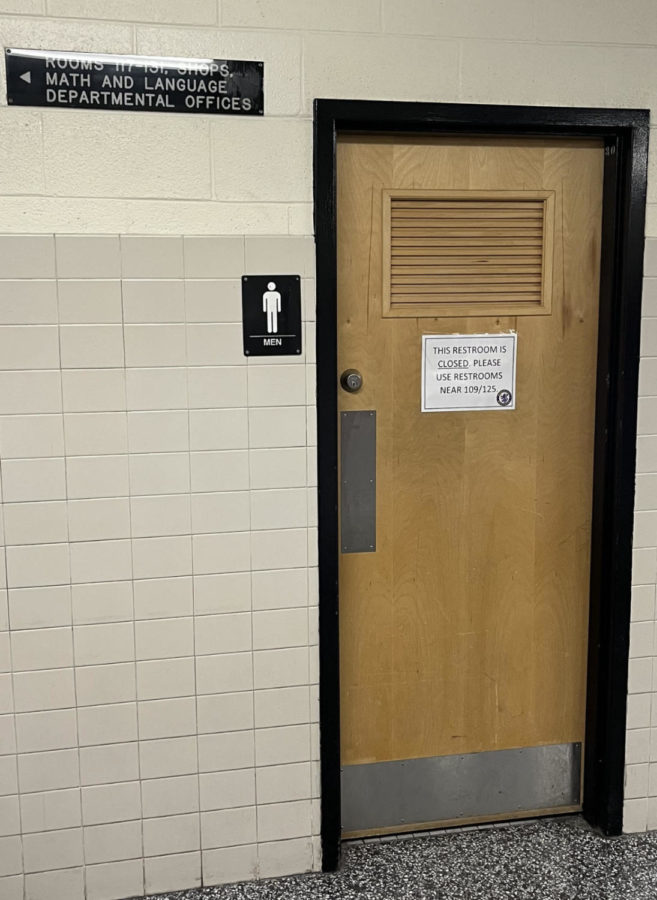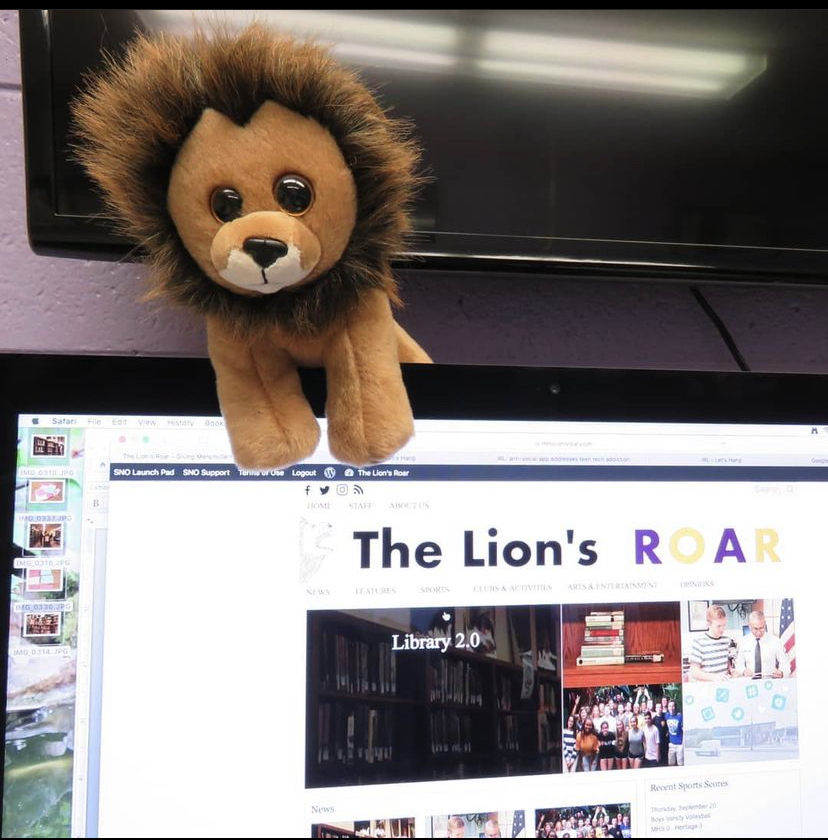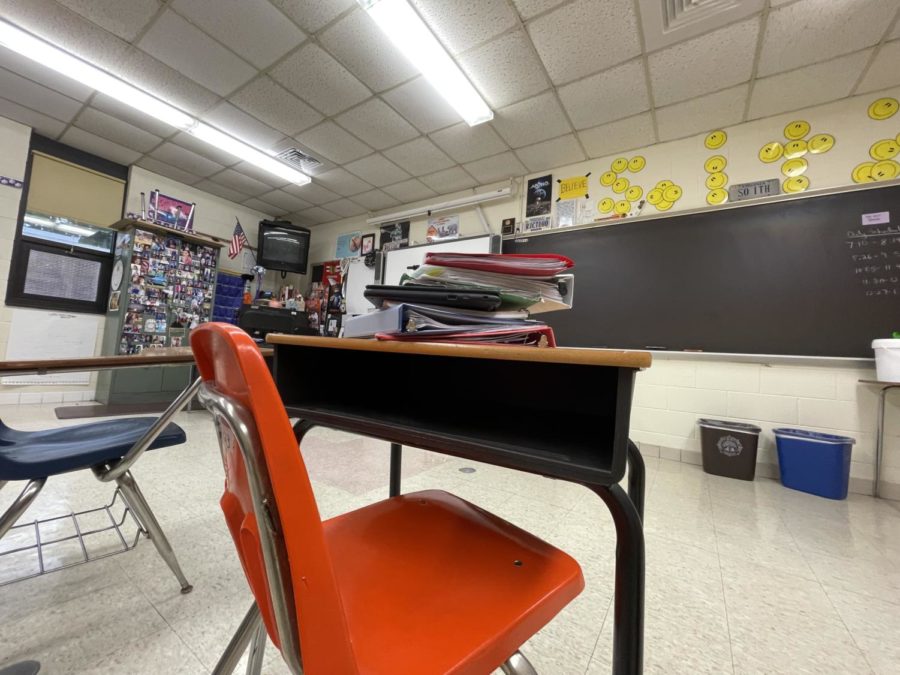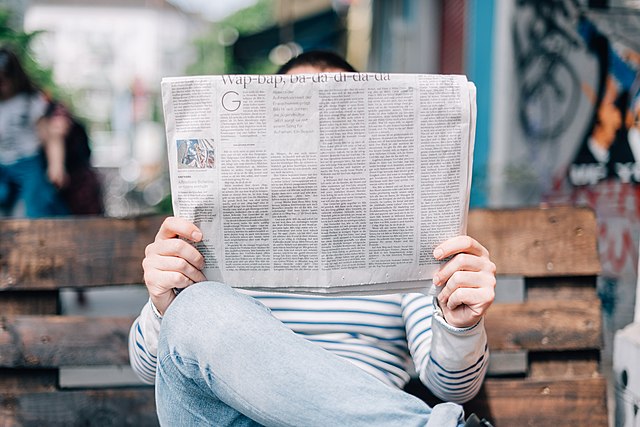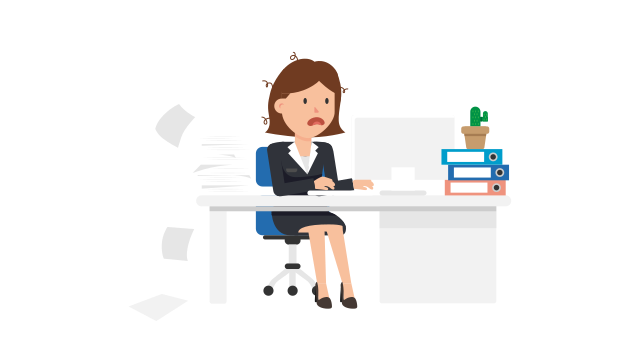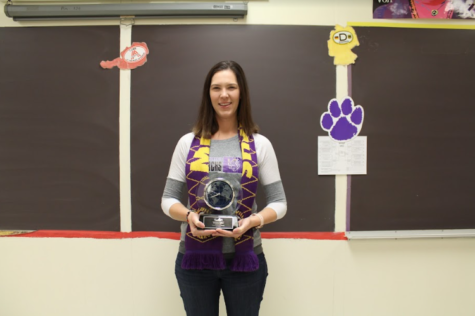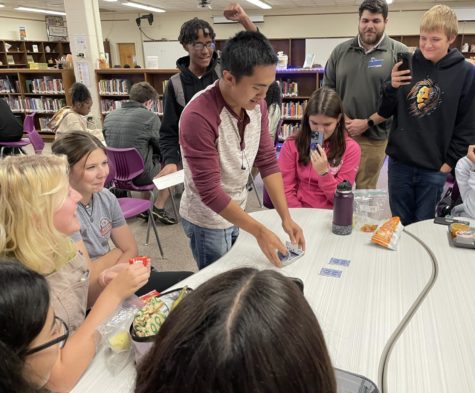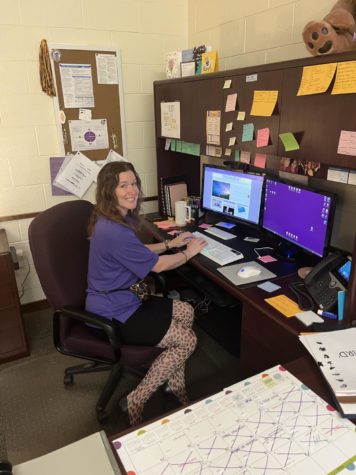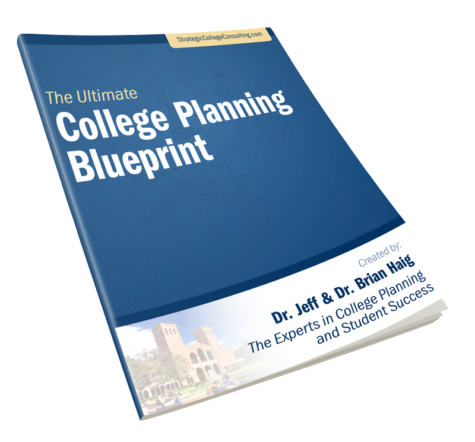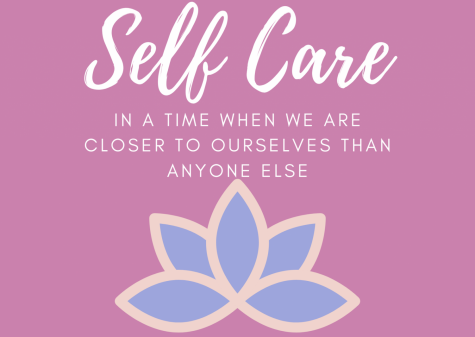Take on those tests!
The best studying and testing tips for you exams and SOLs
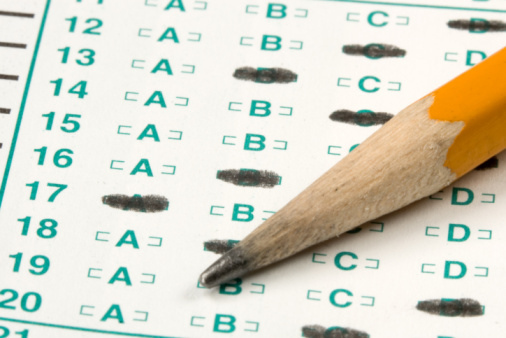
Grab those bubble sheets and get ready for testing season!
Well, it’s that time of year again. AP exams are coming up next week and SOLs are starting to creep into the Menchville library. Security guards and teachers will hush people in the hallways, and the comment sections of YouTube study videos will start filling with students panicking about upcoming exams.
Whether you’re the “study ahead of time” type of student who churns out flashcards and diagrams on a pre-established study schedule, or the type of kid who thinks 1 am is a good time to start studying for an exam the next morning, you can always benefit from a few basic testing and studying tips.
What type of tester are you?
One thing you need to know is what type of tester you are- is your test stress eustress or distress? If you don’t stress at all, know you are blessed. Distress refers to negative stress: stress that inhibits you. Eustress is positive stress: a stress that helps you perform better. If you perform better under pressure you’re golden for test-taking. However, if you test better when you are relaxed, maybe take a few deep breaths or listen to your favorite song before the exam instead of cramming until the last second. Ultimately, being in the best possible mindset will help you more than a few extra facts.
The Testing Effect
If you’ve taken psychology you may have learned about the testing effect. Essentially, it means you will remember information better if you have to retrieve it or “test yourself”. You can do this through flashcards, Cornell format notes, or just jotting down what you remember from a recent reading passage or lecture.
Make your study session comfortable…and get snacks
This can be especially helpful for stressed students. Use the copying machine in the library to make some prints of your textbook passages so you can kick back on the sofa and read them while sipping your favorite beverage and munching on snacks. Maybe you can reward yourself with a chocolate or two… or three… or five… each time you get a few math problems correct.
Encoding specificity and creating the best study environment
“Encoding specificity” is really just a fancy term that means it is easier to remember things when your surroundings are the same or similar the situation in which you learned the information. If you’re really committed, this could mean studying in the area you will be testing in during lunch or after school. This works well if you are testing in a relatively accessible location, such as the library. Even doing little things like minimizing distractions, listening to less-distracting music, and even using the same writing utensil you’ll be using while taking the test will help your brain learn the test your study material.
Exposure, exposure, exposure
Let’s just face it- studying scares a lot of student, and sitting and looking at pieces of paper you need to learn can honestly be a bit terrifying. Students don’t procrastinate until the wee hours of the night for the fun of it, many just don’t want or know how to start studying. The exposure effect is a phenomenon in which one develops a preference for something purely because they are familiar with it. You can use this to your advantage by starting to implement studying in your day-to-day routine. Put a formula sheet on your bathroom mirror and read it while your brushing your teeth. Carry around a few printed vocab sheets and read through them when you have a minute to spare. Eventually you’ll get it through your skull that learning and reviewing isn’t scary, and you’ll pick up the material along the way.
The number is 3
Something weird in our brains makes it much easier to remember things in sets of three; you may have heard about something like this through the “Rule of Three” in art or literature. To take advantage of this, repeat that definition thrice, set up your notes in bullet points of three, describe that concept in 3 sentences etc.
Paper vs screen: the age-old battle
You’ve probably heard that if you read and write on paper you’ll remember things better- well, it’s true. Handwritten notes and flashcards can help jog your memory and make those facts stick. However, the Internet offers many things that can’t be found in a textbook; quizlet sets, practice tests, and audio reviews, oh my! One great tool is the is print screen button, which can print out those beautiful vocab sets just as you see them on a website.
Study videos
While for some paper beats screen, videos may beat both for auditory learners. You can keep them playing while doing your everyday monotonous chores like tidying up your room and sweeping the foyer. Even if you aren’t an auditory learner, watching videos can offer something hard to find in studying- a bit of fun. Sure your textbook offers a plethora of necessary information, but a Mr. Betts Class music video about Teddy Roosevelt to the tune of 24k Magic is both hilarious and informational. Even for subjects like math, it can be much more helpful to learn when you see the problem worked out step-by-step. One helpful tip for video-studying is to create an autoplay study playlist, which prevent you from falling into the rabbit hole of Youtube’s recommended videos. Remember, you’re on Youtube to study for class, not watch gourmet cooking videos (even though it’s tempting to learn how to improve you struggling grilled cheese).
Take a break
Naturally, you should take breaks while studying so you don’t burn out, but sometimes this tactic can even work like a charm on tests. This probably isn’t a great strategy for timed tests, but you have until the end of the day to work on the SOLs, so maybe doodle something nice or take a minute savor a mint. Just make sure you that when taking a break you don’t put your head down to take a nap, or by the time you wake up it may be too late.
When in doubt, pick C
It doesn’t have to be C, but if every time you have no idea how to answer a question you guess the same letter, you are more likely to get some of them right- it’s probability. Of course, only use this tactic as a last resort after you’ve applied the process of elimination- and of course don’t pick a letter you have already eliminated.

Committed to graduate in 2018, Supreet Singh likes to pace for hours on end imagining things to avoid her responsibilities (scenarios to go with songs...

